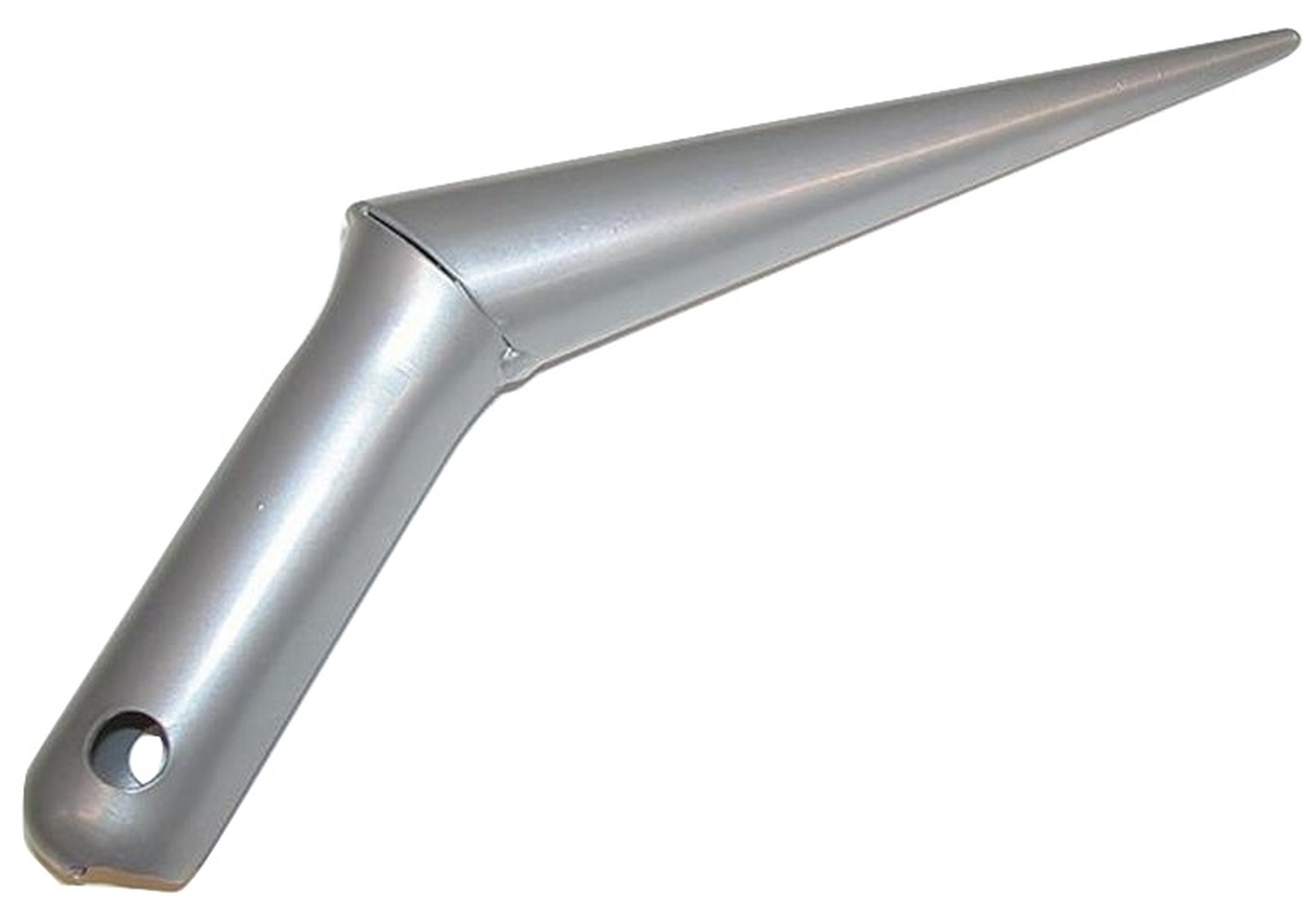DIY Projects for Upcycling Old Items in the Garden - Questions

Generating a low-maintenance garden may be a great way to delight in the appeal of nature without spending too much opportunity and initiative on upkeep. Whether you possess a hectic routine or just prefer a even more relaxed technique to horticulture, adhering to these tips may help you create a garden that demands low upkeep.
1. Decide on the best vegetations: Selecting the best plants for your low-maintenance landscape is vital. Decide for indigenous species that are well-suited to your environment and ground problems. These plants are often extra durable, needing less water and enriching. Furthermore, choose plants that are recognized for their low servicing needs, such as succulents or ornate lawn.
2. Team vegetations based on water demands: To reduce water initiatives, team vegetations with comparable water require with each other. This means, you can easily stay clear of overwatering some vegetations while others experience from lack of dampness. Consider making zones in your backyard based on water demands and put up an efficient drip irrigation device to provide water directly to the roots.
3. Additional Info : Administering mulch around your vegetation mattress is an successful means to use less wetness in the soil and reduce weed development. Organic composts, such as lumber chips or straw, not merely help maintain soil dampness but also damage down over time, enhancing the soil with nutrients.
4. Install hardscape component: Combining hardscape factors into your landscape design may substantially lower maintenance jobs. Outdoor patios, sidewalks, and decks not simply incorporate design and visual beauty but also decrease the need for mowing or weeding in particular locations of your backyard.
5. Opt for persistent vegetations: Perennials are ideal for low-maintenance gardens as they come back year after year without much intervention from you. They demand a lot less pruning and replanting contrasted to annuals or biennials.

6. Lessen grass area: Grass ask for routine mowing, sprinkling, fertilizing, and weeding - all of which can easily be time-consuming tasks. By lowering the size of your lawn, you'll immediately reduce the servicing required. Take into consideration replacing grassy locations along with groundcovers, crushed rock, or low-maintenance alternatives like clover.
7. Take advantage of organic insect command strategies: Staying clear of chemical chemicals not simply help the environment but additionally lessens the demand for ongoing pest management in your yard. Urge natural killers such as ladybugs and birds to explore your garden by giving food items resources and habitat.
8. Limit high-maintenance features: While water attribute, intricate floral beds, and detailed structures can incorporate elegance to your landscape, they usually need significant care and interest. Think about confining these high-maintenance attribute or choosing for easier alternatives that demand much less servicing.
9. Routinely weed: Weeds can easily promptly take over a yard if left behind uncontrolled. On a regular basis examine your landscape for any pots and clear away them without delay to prevent them coming from spreading out and completing along with your intended plants.
10. Stay on best of trimming: Pruning is crucial to preserve vegetation wellness and shape, but it's vital not to overuse it. Research correct trimming approaches for various plants in purchase to prevent unneeded servicing or damage.
By executing these suggestions for making a low-maintenance landscape, you can spend additional opportunity taking pleasure in the elegance of nature rather than continuously tending to it. Keep in mind that also low-maintenance gardens call for some preliminary attempt to set up, but once established they will certainly award you along with their beauty while requiring very little servicing throughout the year.
